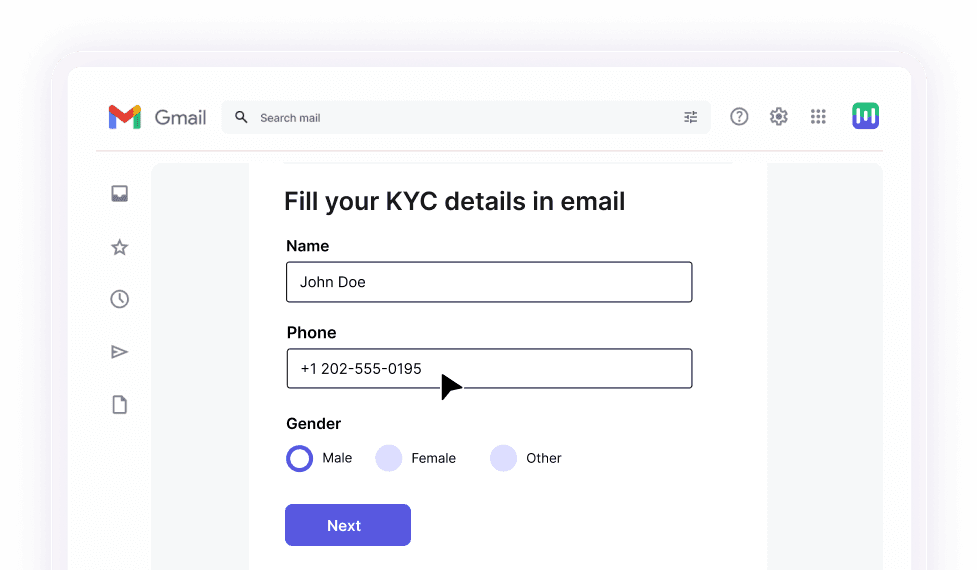What is product-led growth?
Product-led growth is a business strategy that positions the product as the primary driver of customer acquisition, retention, and expansion. It shifts from traditional sales tactics to letting users experience the product’s value firsthand, driving organic growth through a seamless, self-serve experience.
Why should SaaS companies invest in PLG?
PLG offers a distinct advantage by focusing on delivering value through the product itself. Here’s why PLG is a smart choice for SaaS businesses:
- Efficient scaling: PLG enables SaaS companies to scale by demonstrating the product's value upfront, reducing the need for heavy marketing or sales efforts.
- Reduced friction: Users can explore and experience key benefits of the product before even committing to a paid plan, making the journey smoother and increasing the likelihood of conversion.
- Lower churn: By allowing users to evaluate the product on their own terms, PLG leads to better user engagement, ultimately reducing churn.
- Higher customer lifetime value: When users experience value early on, they are more likely to continue using and expanding their product usage over time, leading to a higher CLV.
Which kind of SaaS company should think about PLG?
So, should all SaaS companies go for this motion?
Well, not really. Not all SaaS companies are an ideal fit for a PLG motion.
SaaS businesses with simple, intuitive products are a natural fit for PLG. These products typically have the following qualities:
- User-friendly interface: The product is easy to navigate and doesn’t require extensive training or onboarding, allowing users to quickly understand how it works.
- Self-service features: Users can access and start using the product immediately without the need for a sales representative or complex setup.
- Low or small ticket size: The product is priced affordably, making it accessible for individuals or small teams to adopt without significant financial commitment.
- Freemium or free trial models: These models allow users to experience the core value of the product before deciding to purchase, encouraging adoption through hands-on experience.
- Immediate value: The product’s features are designed to deliver quick, tangible benefits, so users can experience its value right away, increasing the likelihood of continued usage.
However, for complex, enterprise-level products with multiple features, a complex interface, and unique functionalities that require explanation, a sales-assisted or hybrid model may still be necessary. These products often have high-touch sales cycles or longer onboarding processes to address customer needs effectively.
That said, if your SaaS product can create seamless self-serve experiences despite its complexity—where users can easily explore and derive value from the product—PLG could still be a game-changer. It can drive both adoption and retention by providing users with the tools to navigate and experience value at their own pace while still offering support where needed.
Product-led growth is ideal for companies that can provide immediate, self-service value to their customers. For SaaS products with an intuitive interface, immediate value, and minimal training required, PLO is a game-changer. It’s particularly effective for companies targeting SMBs or consumers who prefer to explore and solve their pain points independently.
- Brian Balfour, Founder of Reforge
Different SaaS models and the application of PLG
Not all SaaS companies follow the same playbook; different business models cater to different audiences, sales motions, and pricing structures. While product-led growth (PLG) has gained traction, its effectiveness depends on the nature of the business.
In this section, we’ll explore various SaaS models and assess whether PLG aligns with their growth strategy:
Self-serve SaaS model
In self-serve SaaS models, users can sign up, explore, and adopt the product without needing assistance from sales or support teams. PLG works well here by allowing users to quickly experience value on their own. Canva, for example, uses a free version of its design tool to let users experience the core value before upgrading to a premium plan.
Freemium SaaS model
Freemium models offer a basic version of the product for free while charging for advanced features or capabilities. PLG thrives in this model by encouraging users to try the product risk-free and realize its value, leading them to opt for paid plans. The key here is to offer a seamless transition from the free version to the paid version. Dropbox successfully uses a freemium model, where users are initially given free storage but are encouraged to upgrade for more space and features.
Usage-based SaaS model
Usage-based models charge customers based on which features they use and how much they use the product. PLG works well in this model by providing clear value through product features and encouraging users to increase usage over time. Amazon Web Services is a prime example, where users start small and gradually scale up as they see the value of the product, often without needing direct sales intervention.
Enterprise SaaS model
Enterprise SaaS models typically focus on large organizations and offer more complex, customized solutions. While PLG is more challenging to implement here, it can still play a role in simplifying user adoption. Free trials or freemium versions can be used to attract individual users or small teams within larger enterprises, ultimately driving adoption across the entire organization. Slack successfully applied PLG in an enterprise setting by starting with small teams that later expanded to the whole company.
Hybrid SaaS model
Hybrid models combine elements of both self-serve and enterprise SaaS, offering flexibility for both individual users and large organizations. In this case, PLG can be used to drive early adoption through easy self-service and free trials, while sales teams can step in for larger, customized deals. HubSpot is a good example, where small businesses can start using the product for free, and larger organizations can benefit from tailored solutions and support as they scale.
Product-led growth vs sales-led growth
PLG is ideal for easy-to-adopt SaaS products that provide immediate value, like Slack or Mixpanel, driving growth through self-service and user engagement.
Sales-led growth (SLG), on the other hand, suits complex, high-touch enterprise products, where sales teams play a key role in conversion.
Many companies blend both strategies, using PLG for user acquisition and SLG for converting high-value customers. The choice depends on the product, target audience, and growth goals, with PLG being cost-effective and scalable, while SLG is crucial for building trust in enterprise markets.
How to implement a PLG strategy for your SaaS business
Implementing a PLG strategy shifts focus to using the product to drive acquisition and retention. Here are a few strategies to adopt if you want to transition to a PLG company:
Develop products that solve real problems
Build user-friendly, high-quality products that address real-life pain points. A product that meets a real need will naturally attract users and drive adoption. For example, Slack became popular because it was easy to use and integrated seamlessly with other tools, solving the communication problems many teams faced.
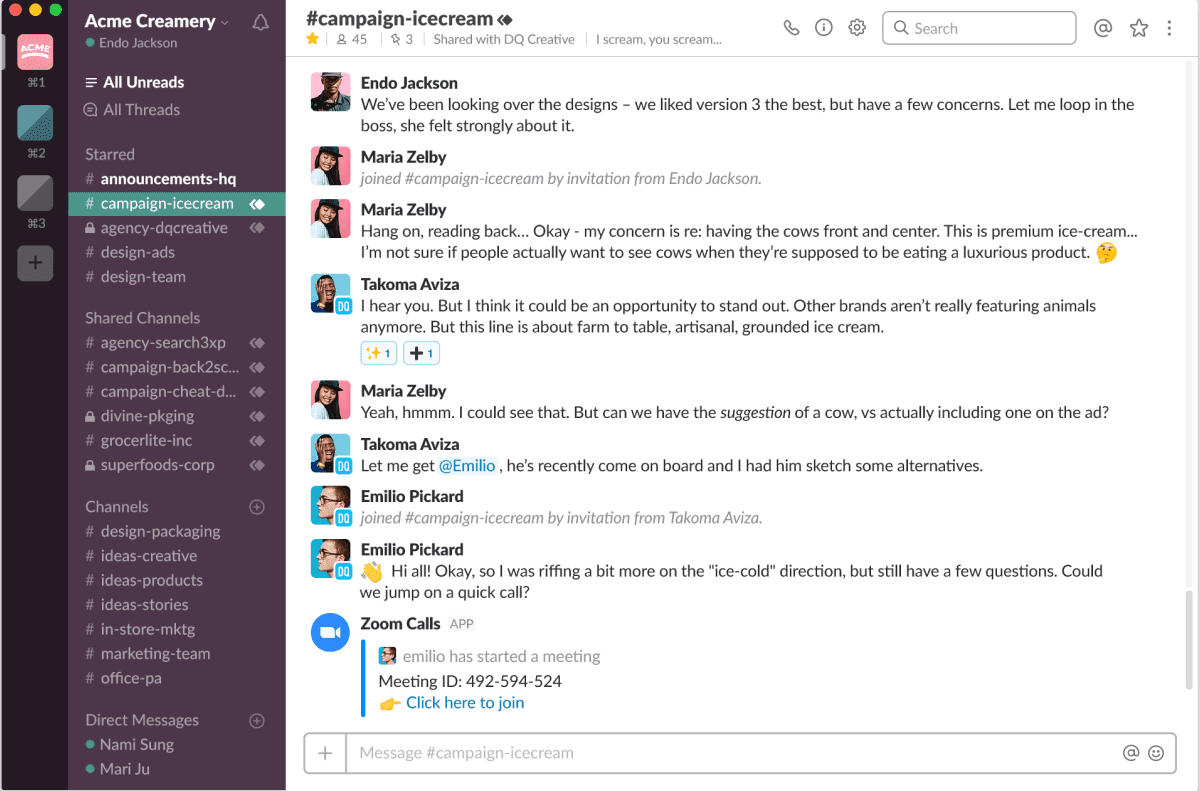
Create seamless onboarding experiences
Ensure your onboarding process helps users quickly understand and experience the product’s core value. Make it intuitive, with clear steps that guide users without friction. Consider adding interactive tutorials and personalized recommendations based on user behavior to further boost engagement. Dropbox, for instance, helps users get started by easily uploading and sharing their first file, showing immediate value.
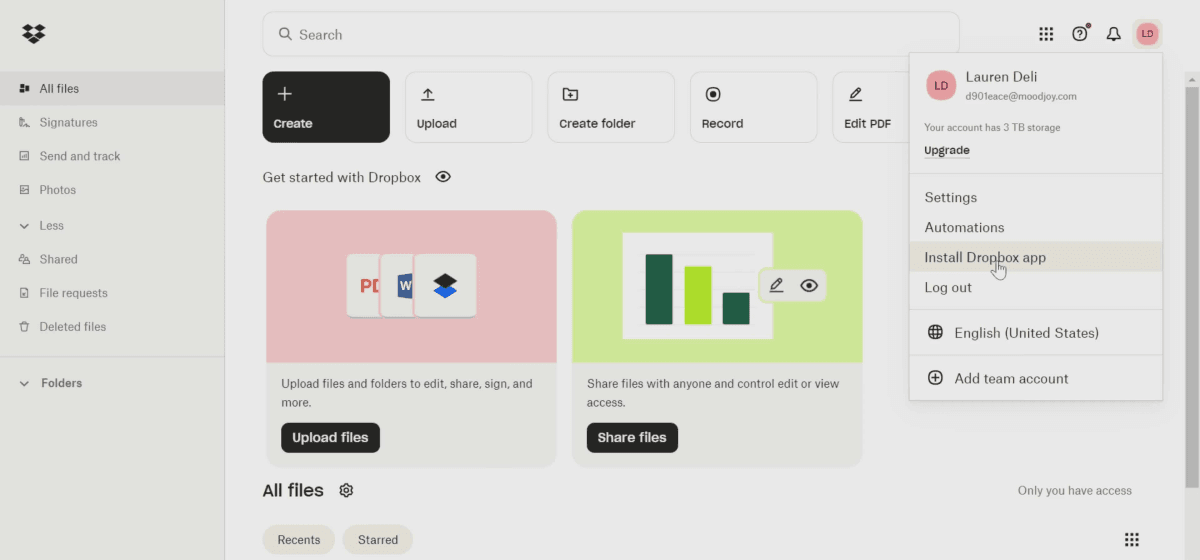
-
Cultivate an active community that encourages engagement and user advocacy. A strong community fosters loyalty and helps users feel more connected to the product. Within the community, encourage members to talk about the unique ways they’re using the different features of your tool and so on. Notion excels in this by creating a space where users share templates and tips, driving organic growth through word-of-mouth.
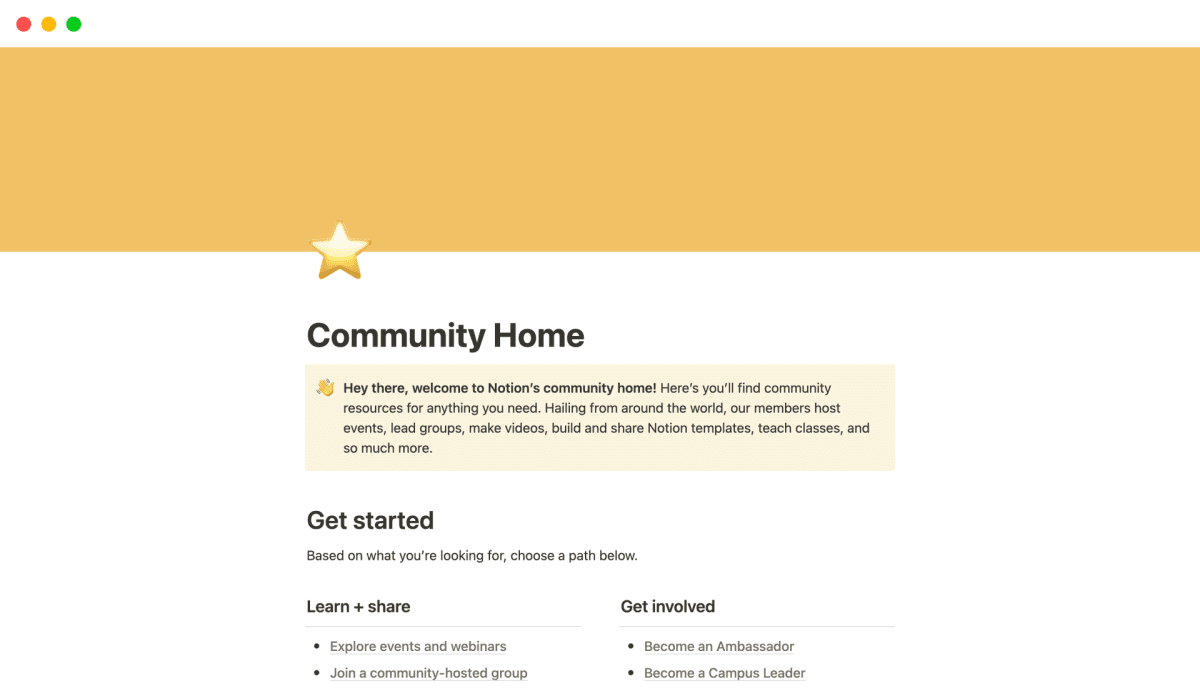
Continuously improve based on user feedback
Constantly improve your product based on user input. Regularly gather feedback to understand pain points and areas for improvement. Like Intercom added features like in-app messaging and chatbots based on user requests, increasing product value and user satisfaction.
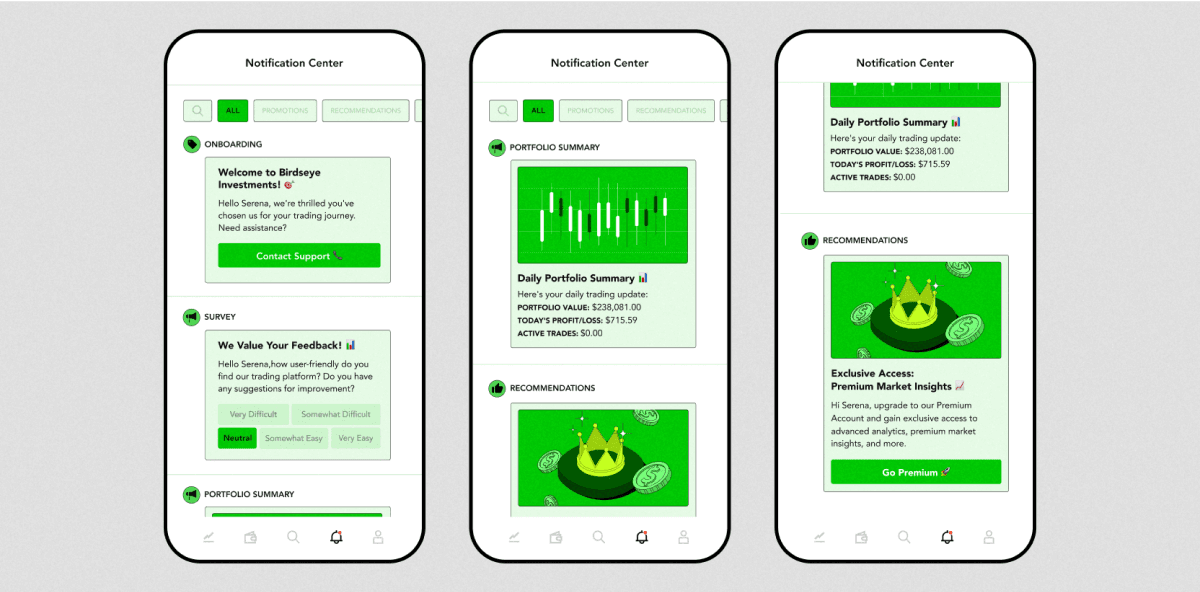
Leverage free trials to drive growth
Offer free trials to let users experience the product’s value before committing. This lowers the barrier to entry and encourages adoption. Ensure the free trial experience is seamless, with easy access to key features, so users can fully understand the product's potential.
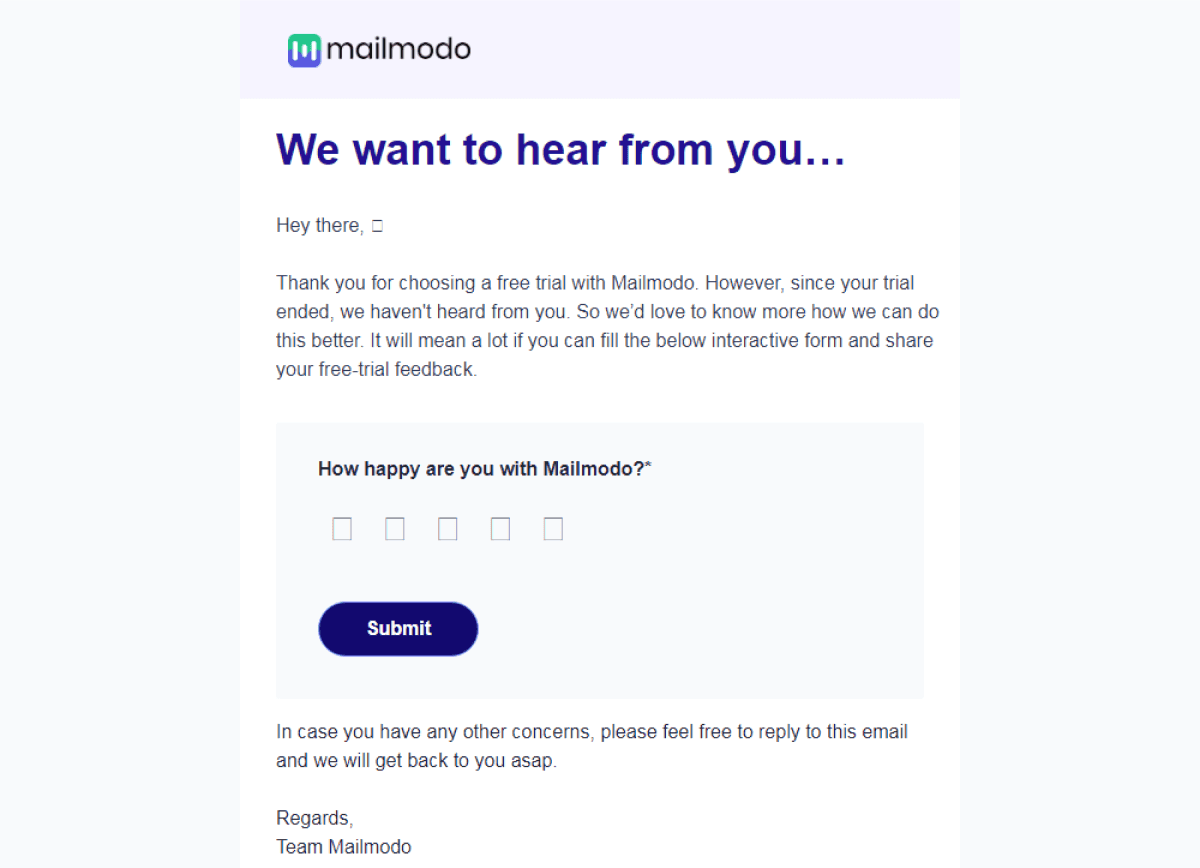
Common challenges with PLG
While PLG has revolutionized growth strategies for many SaaS companies, it has hurdles. Companies often underestimate the complexity of putting the product at the center of their growth strategy. Listed below are some of the key challenges to watch out for:
Striking the right balance between growth and quality
Scaling quickly can sometimes come at the cost of user experience or product quality. It’s tempting to push for aggressive growth, but without maintaining a solid product foundation, you risk frustrating users and increasing churn. It’s about ensuring that growth doesn’t outpace your ability to deliver consistent value.
Cross-functional alignment
PLG goes beyond being a product team initiative; it demands alignment across marketing, sales, customer success, and engineering teams. Without cohesion, it will be difficult to create a seamless product experience. Miscommunication or siloed efforts can lead to fragmented user journeys and missed opportunities.
Understanding the right metrics
A PLG strategy requires a sharp focus on the right data; from tracking sign-ups or user activity to understanding what metrics really matter for activation, retention, and expansion. Misinterpreting product usage data can lead to misguided efforts that don’t contribute towards improved outcomes.
User expectations for self-service
With PLG, users expect intuitive self-serve onboarding and smooth product navigation. If your product isn’t built with self-service in mind, you may struggle to engage users quickly and effectively. Frustrated users will leave long before they discover the value of your product.
Market and product fitness
For PLG to work, your product must solve a clear pain point and deliver immediate value to your target audience. If your market fit is shaky or your product doesn’t demonstrate value from the minute your users use the tool or get on the platform, users might not stick around. Iterating quickly and refining your offering based on real user feedback is critical here.
Adopting a PLG mindset
Shifting from traditional sales-led strategies to PLG can be a cultural challenge for teams used to relying on sales interactions to close deals. PLG demands a mindset focused on building a product that “sells itself,” which requires buy-in across the organization.
One of the biggest challenges companies face with PLG is balancing ease of use with product complexity. A great PLO strategy requires careful design to ensure the onboarding process isn’t overwhelming. Overloading users with too much information at once can lead to churn. The key is to break down the onboarding into bite-sized, digestible pieces that guide users at their own pace.
- Teresa Torres, Product Strategy Expert

To effectively implement a PLG strategy, SaaS companies rely on a range of tools to streamline key aspects of customer acquisition, engagement, and retention.
Here are some key PLG tools to have as a part of your martech:
-
Onboarding tools help users quickly understand and start using the product, guiding them through initial steps and key features. These tools ensure users can quickly reach their "aha" moment. Examples include Intercom and WalkMe, which offer personalized guidance to onboard users seamlessly.
-
These tools provide deep insights into user behavior, helping businesses understand how users interact with the product, which features they engage with, and where their pain points lie. Tools like Mixpanel and Amplitude are great for tracking feature adoption and overall user engagement.
-
Referral tools enable companies to leverage their existing user base for growth by encouraging sharing and referrals. ReferralCandy is an example of a tool that helps incentivize users to invite others, fueling organic product adoption.
-
In-app messaging tools help companies engage users by delivering targeted messages, prompts, and announcements within the product interface. They can be used for onboarding, feature adoption, support, and personalized user guidance. Tools like Pendo enable businesses to send contextual messages, such as tooltips, product updates, and proactive support notifications, ensuring users stay engaged and get the most value from the product.
-
Customer feedback tools are essential for gathering insights into user experiences and identifying areas for product improvement. Typeform helps collect valuable user feedback through surveys, allowing businesses to iterate and enhance their product offerings based on customer input.
For a more seamless experience, you can use Mailmodo, an ESP, that enables you to collect feedback directly within emails thanks to its interactivity in email functionality, increasing response rates and making it easier to gather actionable insights.

Create and send AMP emails without coding in minutes
How to measure success in PLG

Measuring PLG success revolves around tracking key metrics that indicate how effectively your product is driving customer acquisition, engagement, retention, and expansion.
Here’s a quick look at some of the valuable metrics to track:
Activation rate
Activation rate measures how quickly new users reach a meaningful milestone in the product, such as completing onboarding or using a key feature. It doesn’t track conversions to paid plans but rather how effectively users experience the product’s core value early on. A high activation rate suggests users quickly understand and engage with the product, which can lead to better retention.
Retention rate
Retention is a strong signal that your product delivers value over time. Monitoring the percentage of users who continue using your product after a specific period, such as 30, 60, or 90 days, helps assess product stickiness and whether users continue to find value in it.
Monthly or daily active users
These metrics track how frequently users engage with your product. A higher ratio of DAU/MAU suggests that your product is habit-forming and regularly used, which is crucial for long-term growth.
-
NPS measures user satisfaction and how likely they are to recommend your product to others. A high NPS indicates strong customer satisfaction, which is key for organic growth in a PLG model.
💡 Related guide: 8 Net Promoter Score Questions to Ask in 2025
Customer lifetime value
CLV metric estimates the total revenue a customer will generate over their entire relationship with your product. Higher CLTV reflects a product that not only attracts users but also retains them and drives revenue growth over time.
Natural rate of growth
This metric measures the organic spread of your product. It tracks how quickly the user base is growing without the need for heavy marketing or sales efforts. A healthy natural rate of growth indicates that users are finding value in the product and are recommending it to others, driving word-of-mouth and referrals.
New average rate of retention (ARR) vs cash burned
Tracking the ARR against cash burn is crucial to gauge financial sustainability. This metric compares the revenue generated from new customers to the costs associated with acquiring and serving those customers. A positive ratio indicates that the business is effectively turning investment into growth, while a high cash burn relative to new ARR may signal the need for spending adjustments.
Net dollar retention (NDR)
NDR measures customer retention and expansion by calculating revenue from existing customers over a given period, factoring in upgrades, downgrades, and churn. An NDR above 100% signals that the product is not only retaining customers but also expanding revenue from them through upsells or cross-sells, showing strong product value and customer satisfaction.
Takeaways
Shifting to a PLG model is about creating an experience so seamless and valuable that users naturally want to explore, engage, and share. The key lies in solving real problems, simplifying onboarding, and fostering a community that amplifies your product’s impact.
Growth comes from understanding what keeps users coming back. Listen to their feedback, refine their journey, and track meaningful metrics like activation, retention, referrals, and NPS. But beyond the numbers, think about this: Is your product making people’s lives easier? Is it something they’d recommend without hesitation? That’s where true PLG success begins.









